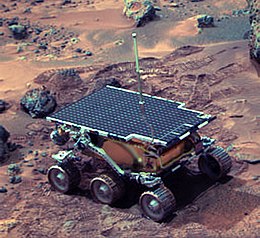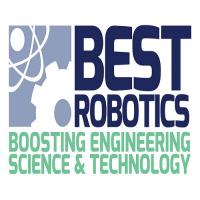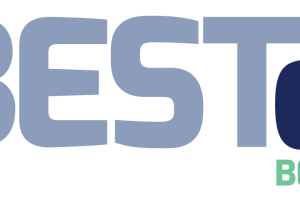
It’s Real
by Ted Mahler (BEST Co-Founder) – 1997
You are part of a team of 25 people. You have a limited time to build a remote controlled robot to carry out a predetermined task. This robot must be smaller than 2 foot by 1 1/2 foot by 1 foot. It can also weigh no more than 22 pounds. Your robot creation must be very reliable because you won’t be allowed to touch it once it starts operating. Additionally, there will be a lot of people watching you and you certainly don’t want your robot to fail in front of them. On top of all this you have a limited amount of materials and a very limited time to design, build and test this robot. Can you do it?
Any student who reads this challenge and has participated in a BEST contest will say, “Not only can I do it, I HAVE done it!” So how does all of this relate to “real” engineering? Does BEST indeed give students a feel of what it’s like to be an engineer?
Perhaps the best answer to that is the description of the challenge you have just read. This challenge, which any BEST student would recognize, is not a BEST contest game. It is the challenge given to a small team of Jet Propulsion Laboratory engineers, scientist, and technicians. It produced the remote controlled robot Sojourner, which is playing out its “game” on the surface of Mars.
It is a robot that resembles many of the BEST robots because it was created by a very similar process. Granted there are some differences. Sojourner was built on a budget of 25 million dollars. A BEST robot is developed from a kit of parts which cost about $500 (paid for by the BEST hub sponsors, not the schools).
Sojourner’s development timeline was set at three years from start to delivered robot. BEST students have 6 weeks for the same development process. However, these and other differences are really not that important.
What is important is the similar process in which both robots are created. A process which taps the creative and problem solving talents of students, in the case of BEST, and professionals in the case of Sojourner. Both robots start with the creativity of brainstorming, materialize in the building phase and mature in the testing and redesign phase.
This similar process is what allows BEST students to participate in a very real engineering experience. If they choose an engineering or technical profession they leave BEST with experience in that engineer-ing process. If another profession is chosen, students still gain a technique for solving overwhelming problems that applies in every profession. It is this very real experience of BEST that makes the contest worth the many hours of hard work.
If you doubt that, turn on the news and watch a small 22 pound wheeled, remote control robot send back photos and data from the surface of a distant planet. Then experience a BEST contest and watch one of the small 24 pound wheeled, remote controlled robots, maneuver around the carpeted surface of a BEST playing field as it transmits inspiration and confidence back to the young minds who created it.
After seeing both in action, you may find it difficult to say which robot is contributing more to our future.



